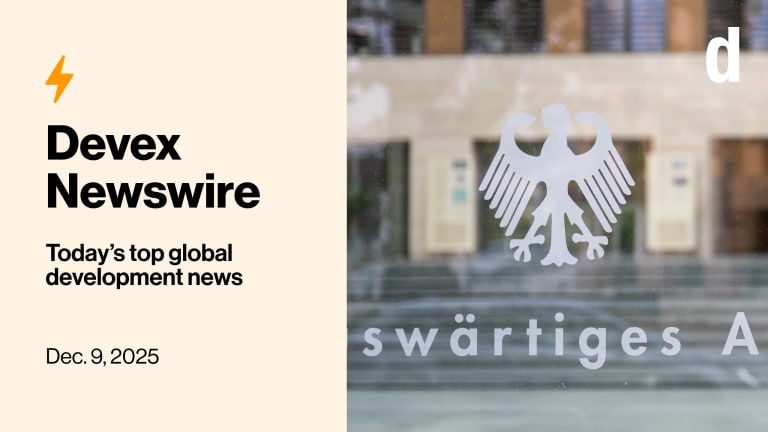
Tight budgets and the aid effectiveness agenda are causing donor institutions across the world to rethink their organizational structures and business processes. Indeed, ensuring “more bang per buck” depends, in part, on how aid delivery is managed. Traditionally cautious and risk-adverse, many donor agencies admit that cultures of robust oversight and micromanagement led to unnecessary effort and process duplication, overlap of functions, gaps, confusion, and waste of resources.
It appears that some donors understand that achieving aid effectiveness starts with internal organization, management, and process reforms. The following are just a few examples of the structural and process changes donor institutions are adopting:
• U.K. Department for International Development: New information strategy for 2011-2015 dictates increased reliance on technology to compensate for major administrative and human resource cutbacks.
• Gesellschaft für Internationale Zusammenarbeit (GIZ): New leading German development agency formed through the merger of German Technical Cooperation known as GTZ, German Development Service known as DED, and InWent. Organizational change and process integration is ongoing.
• Millennium Challenge Corporation: Major organizational realignment resulted in the consolidation of two key departments under one unit and the creation of portfolio and risk management division.
• Swedish International Development Cooperation Agency: Structural reorganization, from two-tiered leadership structure to nine departments under the director general, will result in considerable staff reductions from 929 staff members in 2010 to 800 in 2011.
Read more:








